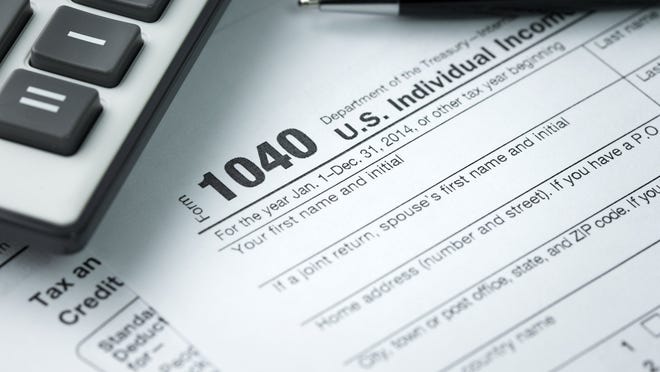What farmers need to know about payroll tax deferral

On August 28, 2020, the Internal Revenue Service (IRS) issued Notice 2020-65 that provided guidance related to President Trump’s August 8 payroll tax deferral memorandum. The presidential memorandum directed the secretary of the treasury to defer the withholding, deposit, and payment of certain payroll tax obligations.
New IRS rules
IRS guidance defines “affected taxpayers” as employers required to withhold and pay the employee share (6.2% of wages) of Social Security tax. Employees can defer paying their share of Social Security tax on “applicable wages” paid from September 1, 2020 through December 31, 2020.
Any Social Security tax deferred for this period will be subject to an additional withholding amount from the employee’s paycheck from January 1, 2021 through April 30, 2021.
These wages are only “applicable wages” eligible for deferral, however, if:
- The amount of the wages or compensation paid for a bi-weekly pay period is less than $4,000, or
- The amount of wages or compensation paid for a different period does not extend the equivalent of $4,000 for a two-week period.
The guidance states that the “applicable wages” determination is made on a payroll period-by-payroll period basis. In other words, an employee’s wages might qualify for payroll tax deferral in one payroll period, but not another.
Employer considerations
IRS guidance states that the employer must withhold and pay all taxes previously deferred for an employee during September through December 2020. Employers are responsible for withholding and depositing the additional withholding that will occur January through April 2021.
If an employee leaves or is terminated and their final paycheck does not cover the remaining outstanding deferred payroll tax related to that employee, the employer will be required to pay the outstanding balance.
On May 1, 2021, interest and penalties will begin to accrue until funds are deposited. It has been suggested that Congress may act to forgive these funds, but until such action takes place, any employees with payroll taxes deferred would be subject to roughly double withholding from January through April 2021.
Opt-in or Opt-out?
IRS notice does not indicate that the payroll tax deferral is mandatory. Also, there are no reported penalties that could apply if employers continue to withhold payroll taxes following normal procedures.
The guidance provides no opt-in or opt-out instructions for either employers or employees. It appears that employees do not have a voice in the matter and that employers can choose whether or not to defer for eligible employees.
If an employer chooses to opt-out of the deferral, it may be prudent to communicate with employees why this decision was made, such as disruption of processes, risk of errors from changing procedures, cost of modifying computer software for a temporary period, etc.
Advantages vs. disadvantages
Farmers with employees should review the advantages and disadvantages of this payroll tax deferral. The advantage would be that employees with “applicable wages” would realize higher net paychecks through the end of the year.
However, the disadvantages are significant to the employer. These challenges include the difficulty to administer the deferral, greater financial burden placed on employees in 2021, short-term nature of the deferral, and the risk of not being able to recoup the deferred amount if employee quits or is terminated before deferred taxes are collected.
Farmers should discuss this deferral program with their tax advisor, tax preparer or accountant for advice. Based upon the risks that would be imposed on employers and employees, it appears unlikely that many employers will participate in this program.
Iowa State University’s Center for Agricultural Law and Taxation (CALT) has provided guidance for this payroll tax deferral program. More information on tax provisions under the CARES Act can be found on the CALT website.